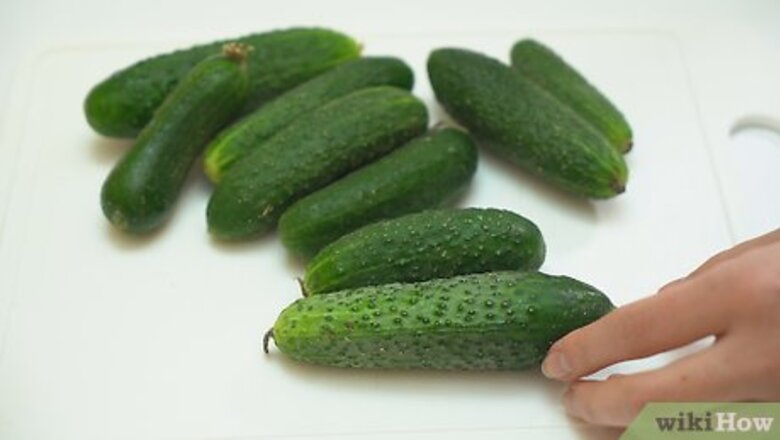
views
Preserving Raw Gherkins
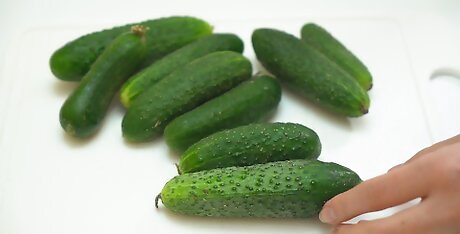
Wipe and dry your gherkins with a cloth. Wet a paper towel or clean microfiber cloth with cold water. Run the towel or cloth over your gherkins to get rid of any soil or residue that’s on the surface. Focus on the ends of your gherkins since that’s where the most soil usually accumulates. Then use another towel to pat the gherkins completely dry so they don’t rot prematurely. Avoid scrubbing the gherkins since you’ll remove their protective outer layers. You do not have to use soap to rinse or wash your gherkins.
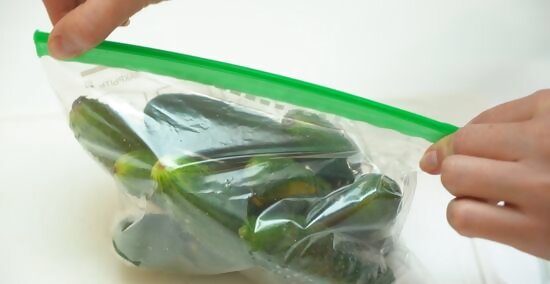
Wrap the gherkins in an airtight resealable plastic bag. Fill the bag with your gherkins and shake it a few times to get rid of air pockets. Push as much air out of the bag before sealing it to help your gherkins last longer. If you don’t have a plastic bag, you can also use plastic cling wrap or a resealable plastic container for your gherkins. Only store your gherkins if they’re dry to the touch since mold could easily form if they’re still wet.
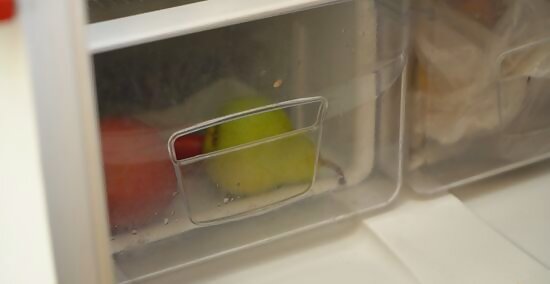
Put the gherkins in your fridge’s high-humidity crisper drawer. The crisper drawer allows you to control the humidity so your fruits and vegetables don’t spoil. Look for a dial or level of the drawer and change it to the high-humidity setting. Put your bag of gherkins in the drawer and make sure you close it completely. The high-humidity setting prevents air from coming in or out of the drawer.Warning: Gherkins will spoil sooner if they’re exposed to ethylene gas, which is let off by foods like apples and pears. Avoid storing gherkins in the same drawer as these fruits.
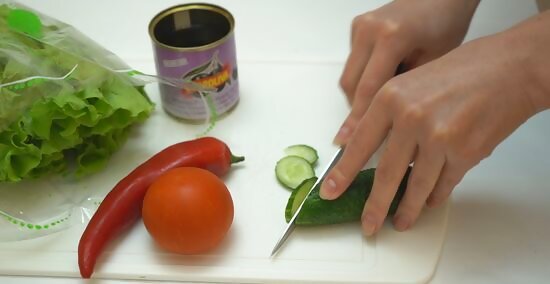
Eat or use the gherkins within 1 week. Enjoy your gherkins raw if you want a sour and tangy snack. Try dipping them in a salad dressing if you want to change the flavor. After a week, get rid of any gherkins you didn’t eat since they will begin spoiling quickly.
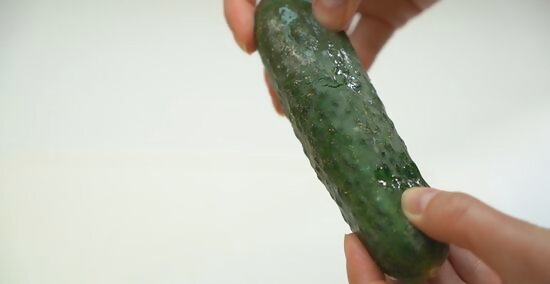
Throw away any gherkins if they get shriveled or slimy. Check your gherkins daily to see if they’ve started going bad. If you notice that their texture has changed or if they start looking discolored, get rid of them. Get rid of the whole bag even if there’s only 1 gherkin that’s gone bad since the bacteria may have spread.
Making Pickled Gherkins
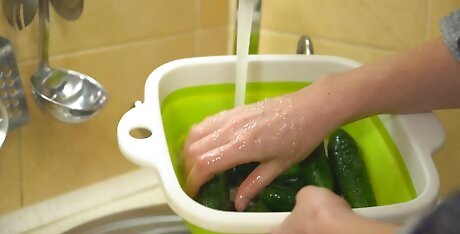
Wash the gherkins under running water. Turn on your faucet to the coldest water. Put your gherkins in a colander or strainer and hold them under your faucet. Rinse the gherkins thoroughly to get rid of any soil or residue that’s on their skin. Shake out any excess water so the gherkins aren’t dripping wet. Avoid scrubbing or using soap since you’ll damage the protective outer layer and your gherkins won’t pickle properly.
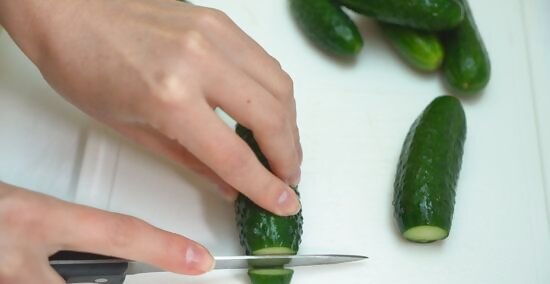
Cut ⁄16 in (0.16 cm) off the blossom ends. Set a gherkin on your cutting board so the stem points toward your non-dominant hand. Hold a shark chef’s knife in your dominant hand and make a small slice off the end of the gherkin. Leave the stem attached to the gherkin. Work through the rest of your gherkins to cut off the ends. Trimming the blossom ends off the gherkins prevents them from softening while they pickle. You don’t have to be precise with how much you cut off the end. Just remove enough to get rid of the tip.
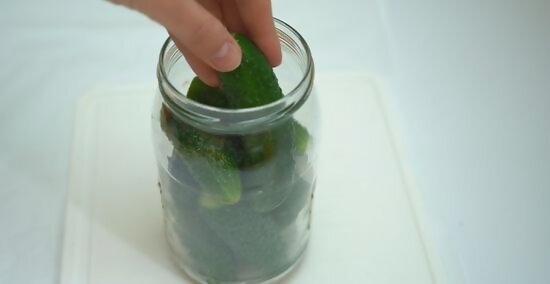
Fill a heat-safe jar with your gherkins so it’s 75% full. Choose a large resealable jar made of glass or heat-safe plastic, and make sure it has a lid so you can seal it. Drop your gherkins into the jar and shake it to get rid of any air pockets. Leave the top quarter of the jar empty so you have room to add your brine without it overflowing. Typically, a jar that’s 1 US quart (0.95 L) can hold 1 ⁄4 pounds (0.57 kg) of gherkins. If you don't have a jar, use a container made from food-grade material so your gherkins stay safe to eat.
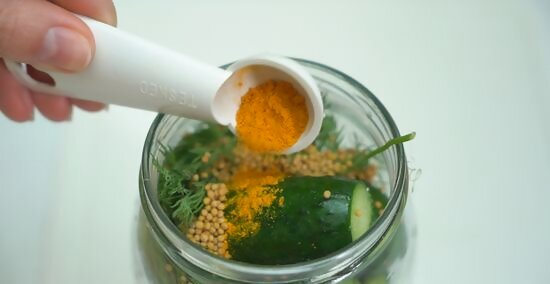
Add pickling spices and herbs if you want additional flavors. Common pickling spices include 8 cups (70 g) of fresh dill, ¾ teaspoon (3 g) of turmeric, 3 tablespoons (18 g) of mustard seed, and 2 teaspoons (4 g) of celery seeds for every 2 pounds (1kg) of gherkins, but you can use whatever kinds of spices you like. Try experimenting with different combinations to see what flavors you like the best. Pour the pickling spices and herbs into your jar so they can infuse with the gherkins. If you want to make sweet gherkins, add 1 ½ cups (300 g) sugar, 2 teaspoons (9.9 ml) of vanilla, and 2 cinnamon sticks to your jar. Your gherkins will have a stronger flavor if you add more spices. You can find pre-mixed pickling spices at your local grocery store if you don’t want to mix your own.
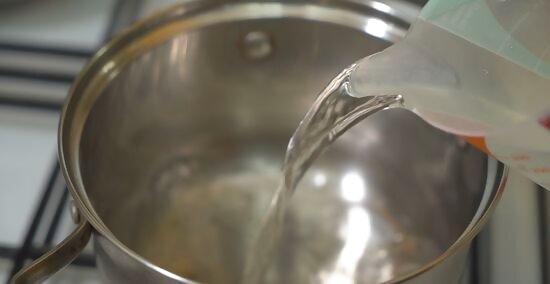
Boil a brine that’s 1 part pickling salt and 8 parts water. Make enough brine so you can fill the entire jar. Combine the water and pickling salt in a large pot and turn it onto medium-high heat. Allow the brine to come to a rolling boil so the salt dissolves in the water. You can buy pickling salt from your local grocery store. Avoid using hard water if you can since it can affect the pickling and texture of your gherkins. In a pinch, you can use table salt, but it may contain anti-caking agents that affect the brine.
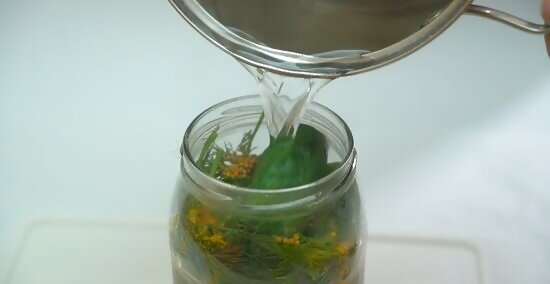
Fill the jar with your brine to cover the gherkins. Remove the brine from heat and pour it directly into the jar. Be careful of the steam as you pour the water since it could be very hot. Leave at least ⁄2 inch (1.3 cm) between the surface of the brine and the lip of the jar. Don’t fill the brine to the rim, or else you won’t be able to seal the jar later on.
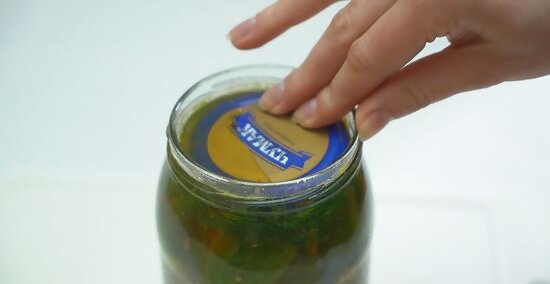
Position a small dish on the brine’s surface to keep the gherkins from floating. Your gherkins will naturally float to the top of your jar, which could lead to them developing mold or spoiling if they’re exposed to open air. Use a heavy bowl or dish that’s small enough to fit in the jar. Put the dish inside of your jar and press it down until all of your gherkins are submerged. Leave the dish in your jar throughout the entire pickling process. If you need to, set a stone or weight on top of the dish to help it stay weighted down.
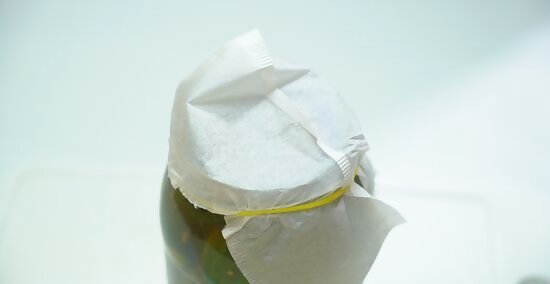
Cover the jar with a coffee filter. Gas needs to escape from the jar, but leaving it open can lead to contamination or mold. Open up a coffee filter and pull it tight on top of the jar. Wrap a rubber band around the coffee filter so it doesn’t slip or fall off while the gherkins are pickling. You can also use a clean, dark-colored towel if you don’t have a coffee filter. Avoid putting the lid on the jar since it won’t allow gases to escape and pressure could build up inside of the jar.
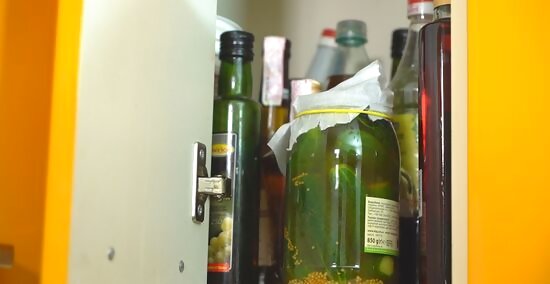
Store the jar in a dark place that’s between 70–75 °F (21–24 °C). Place the jar in a cabinet or pantry where you can check on it easily but won’t be disturbed. Make sure the temperature stays consistent, or the gherkins may go soft. Avoid leaving the jar anywhere that’s exposed to sunlight since it could stop the pickling process. It’s okay if temperatures dip between 55–65 °F (13–18 °C), but it may take longer for the gherkins to pickle. Avoid keeping the gherkins in temperatures over 80 °F (27 °C) since they’ll soften and cure too quickly.
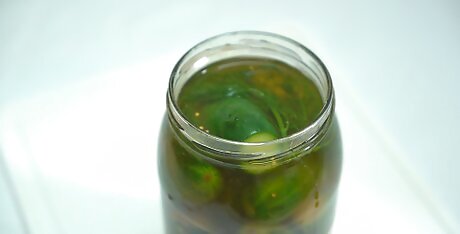
Leave the gherkins to pickle for 3–4 weeks until the liquid stops bubbling. As the gherkins start pickling, they will absorb some of the brine and the liquid will start bubbling. It’s normal for the brine to get cloudy during the first week of pickling. Check your gherkins at least once a day to see if there are still bubbles inside the jar. Once you stop seeing bubbles forming, you can take the jar out of the cabinet or pantry. If you the brine turns brown, has a yeasty odor, or develops mold, throw it away and start over.Tip: If the brine drops below the gherkins within the first week, dilute 1 tablespoon (17 g) of pickling salt in 2 cups (470 ml) of water and fill the jar again. If the brine drops after that, you don’t need to refill the jar.
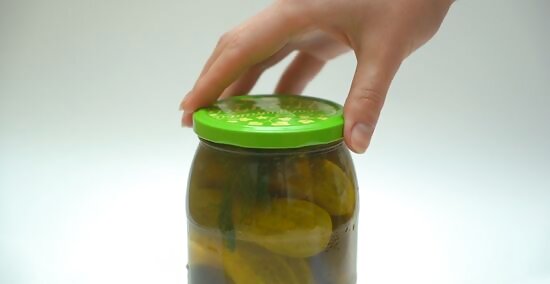
Boil the sealed jar for 5–10 minutes to seal it. Take out the dish and seal your jar tightly with the cap. Fill a large pot halfway with water and heat it to 140 °F (60 °C) on your stove. Lower the jar into the water so the lid is 1 inch (2.5 cm) under the surface. Bring the water to a boil before turning the heat to medium-low. Leave the jar submerged for at least 5 minutes to remove air from the jar. When you’re finished, use a pair of tongs to pull the jar out and let it cool. Sealing the jars prevents mold and bacteria from forming on the brine so your gherkins stay safe to eat for longer.
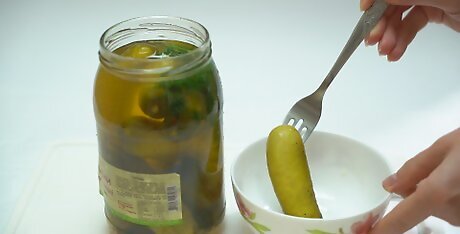
Keep the gherkins in your fridge for up to 1 year. Once the jar is cool to the touch, put it in your fridge so the gherkins don’t go bad. Whenever you want a gherkin, open the car and pull one out. Make sure to seal the jar again tightly before putting it back in your fridge. If your gherkins develop mold or develop a soft texture, throw them away.


















Comments
0 comment